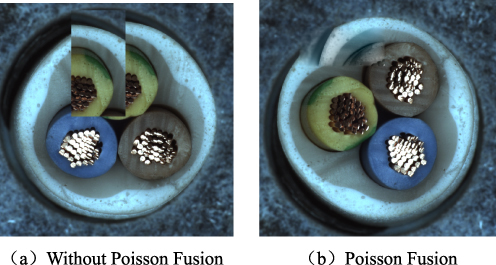
This paper presents a method called CPR (CutPaste-ROI) to enhance the accuracy of detecting anomalies in industrial settings. The method addresses the issue of sample scarcity in detecting defects. CPR is based on the CutPaste data augmentation method, but introduces the concept of region of intrerst (ROI) and uses the Otsu’s adaptive threshold segmentation method to identify the target region of the image. This ensures that the generated defects are placed in the foreground target region, avoiding the negative impact of “polluted data” on the performance of neural network models. Additionally, the Poisson image fusion algorithm is used to improve the realism and naturalness of simulated defect samples. The self-attention mechanism is introduced to enhance the sensitivity of neural networks to the key features of data. Experiments were conducted on an industrial anomaly detection dataset to validate the effectiveness of the CPR method. The results indicate that CPR can significantly improve the accuracy and robustness of industrial anomaly detection. Compared with other data augmentation methods, CPR generates more realistic and diverse defect samples.
Le Yang, Wenhan Yang, Zhengsong Wang, "CutPaste-ROI: An Industrial Anomaly Data Detection Method based on Self-supervised Learning" in Journal of Imaging Science and Technology, 2024, pp 1 - 12, https://doi.org/10.2352/J.ImagingSci.Technol.2024.68.2.020412
 Find this author on Google Scholar
Find this author on Google Scholar Find this author on PubMed
Find this author on PubMed

